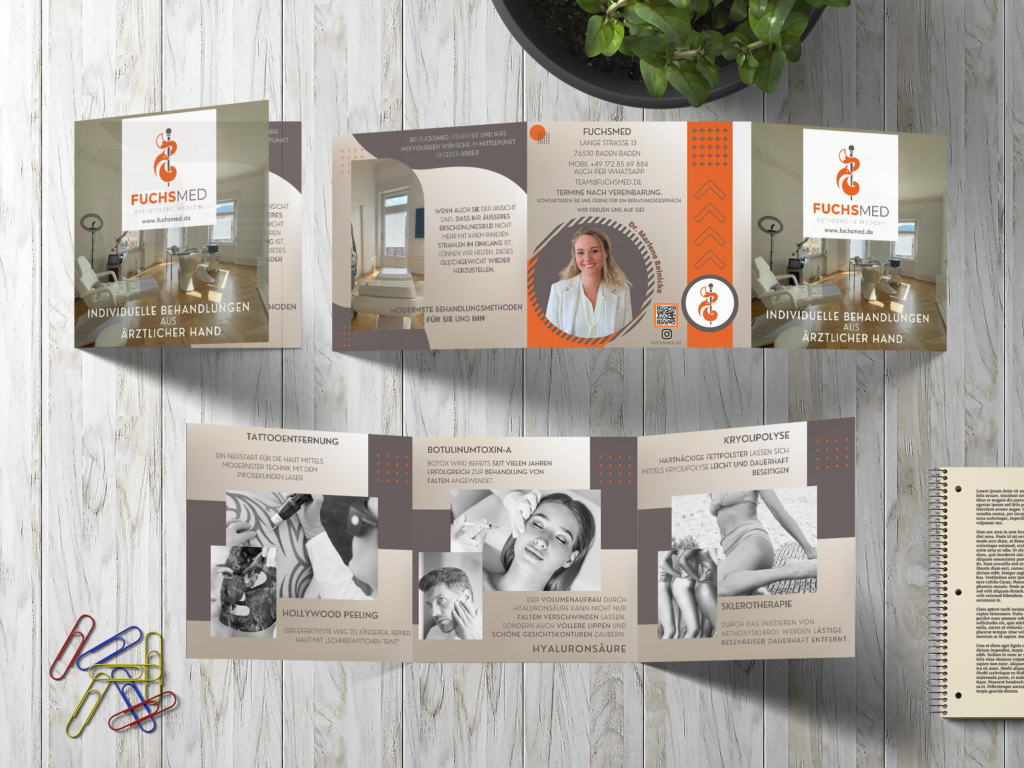Finding the right mortgage lender can be challenging. Traditional banks often have long approval processes and strict requirements that may not fit everyone’s needs. Private mortgage lenders offer an alternative by providing faster approvals, flexible loan terms, and fair evaluations. These lenders can be especially helpful for borrowers who need quick financing, have unique financial situations, or want more personalized service. Understanding the benefits of private mortgage lenders helps homebuyers make informed choices and secure loans that match their goals.
Why Choose Private Mortgage Lenders?
Private mortgage lenders operate differently from traditional banks. They tend to focus more on the value of the property and the borrower’s overall financial picture, rather than rigid credit scores or strict income limits. This makes them a popular option for people who may have difficulty getting approved by banks.
- Fast Loan Approval: Private lenders often process applications quickly because they have fewer bureaucratic steps.
- Flexible Terms: They can offer customized loan terms to suit the borrower’s unique needs.
- Fair Evaluations: Approvals are based on overall financial health and property value, not just credit scores.
- Personalized Service: Borrowers usually get direct contact with the lender, which improves communication and trust.

How Private Mortgage Lenders Work
The private lenders toronto are often individuals or companies that provide loans directly to borrowers. They rely on different criteria compared to banks. Here is how they typically operate:
- They assess the property value carefully.
- They look at the borrower’s ability to repay beyond just credit scores.
- They can approve loans faster because they do not need to follow complex bank rules.
- They may offer loans for properties that banks consider risky or unusual.
Who Benefits Most from Private Mortgage Lenders?
Private mortgage lenders are ideal for certain types of borrowers, including:
- Self-employed individuals who may have fluctuating income.
- Borrowers with lower credit scores or past credit issues.
- Those needing quick closings for urgent property purchases.
- Investors looking for flexible financing on non-traditional properties.
Things to Consider When Choosing a Private Mortgage Lender
While private lenders offer advantages, it is important to keep these points in mind:
- Interest rates might be higher than traditional banks.
- Loan terms may vary widely between lenders.
- Borrowers should verify the lender’s reputation and credentials.
- It is important to read the loan agreement carefully to understand fees and conditions.
Why Private Mortgage Lenders Are a Good Choice
- Faster loan processing and approvals.
- Flexible loan options tailored to individual needs.
- Fairer assessment beyond just credit scores.
- Suitable for borrowers with unique or urgent financing needs.
- Personalized and direct communication with lenders.
Choosing a private mortgage lender can make the difference between a stressful home financing experience and a smooth, successful loan process. By considering your specific financial situation and goals, you can find a lender who offers fast, flexible, and fair loan approvals that fit your needs.





